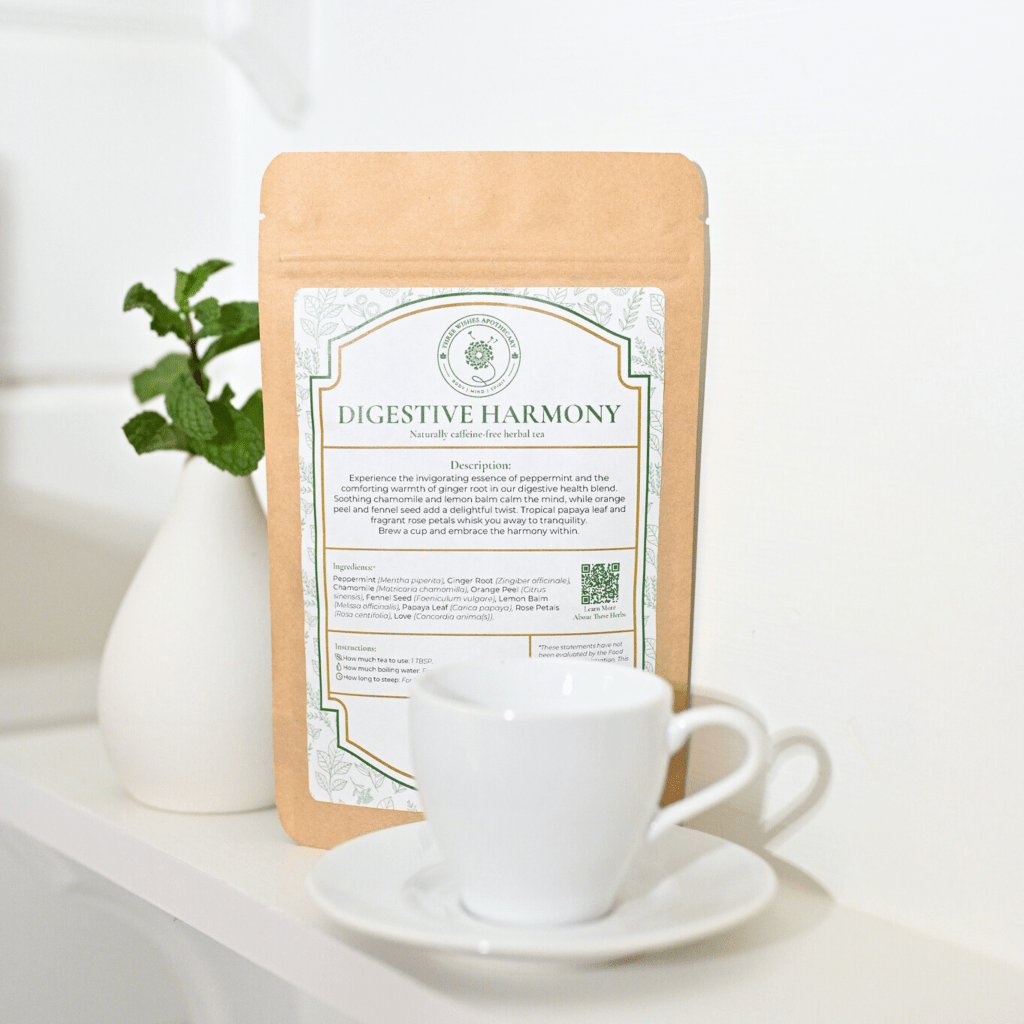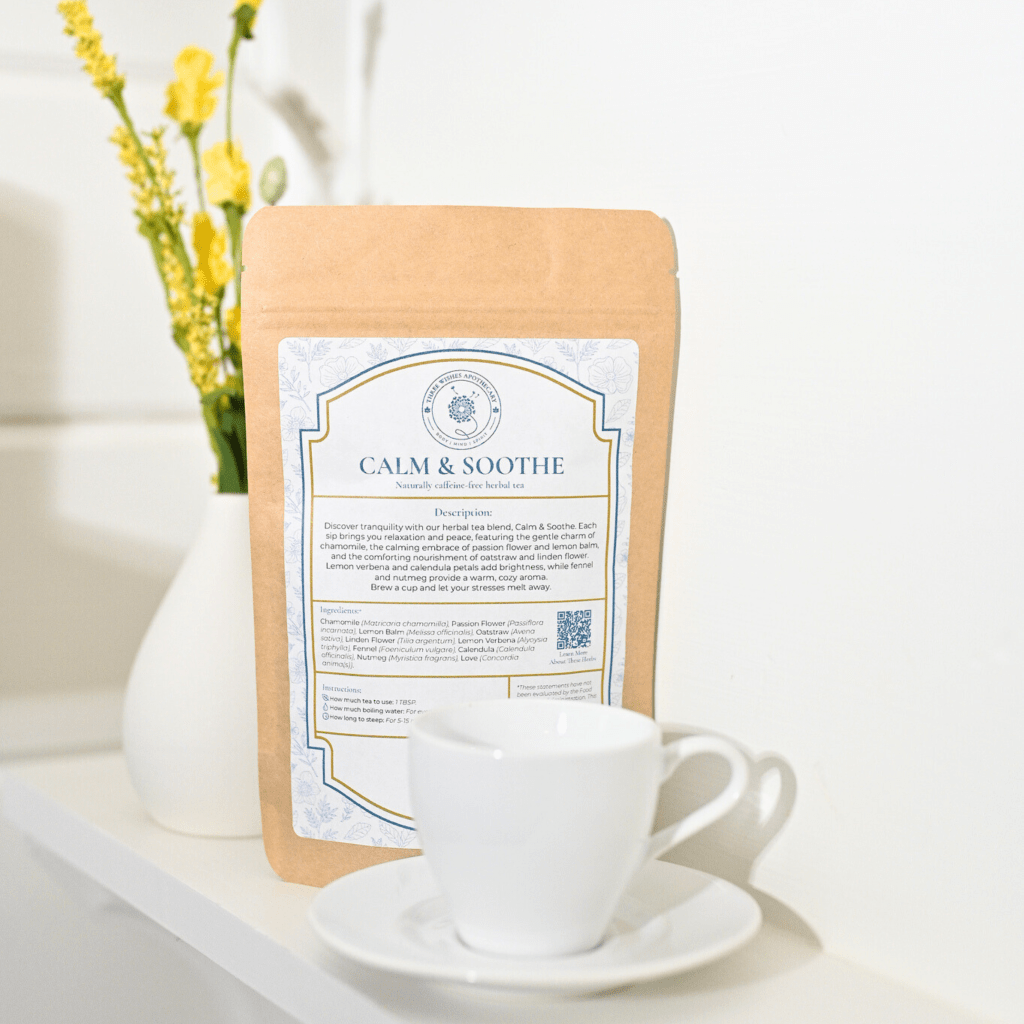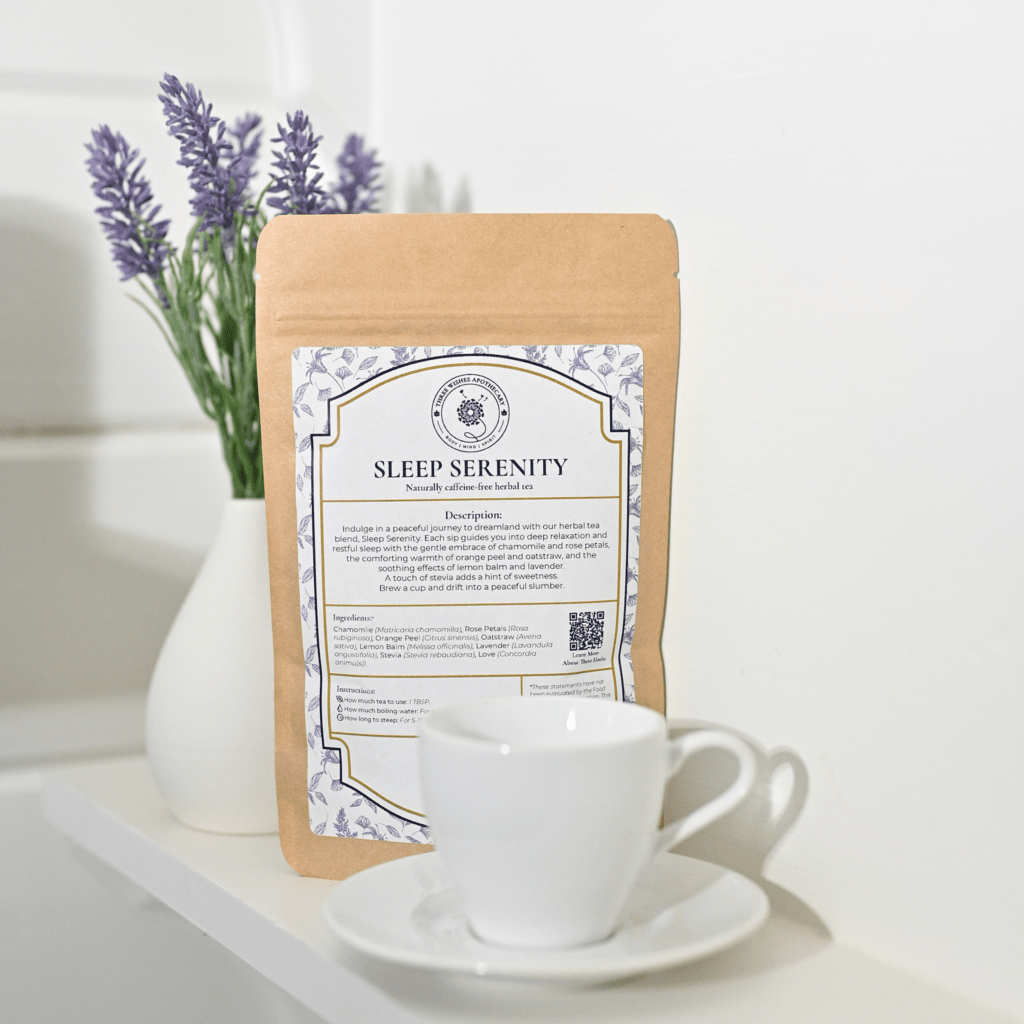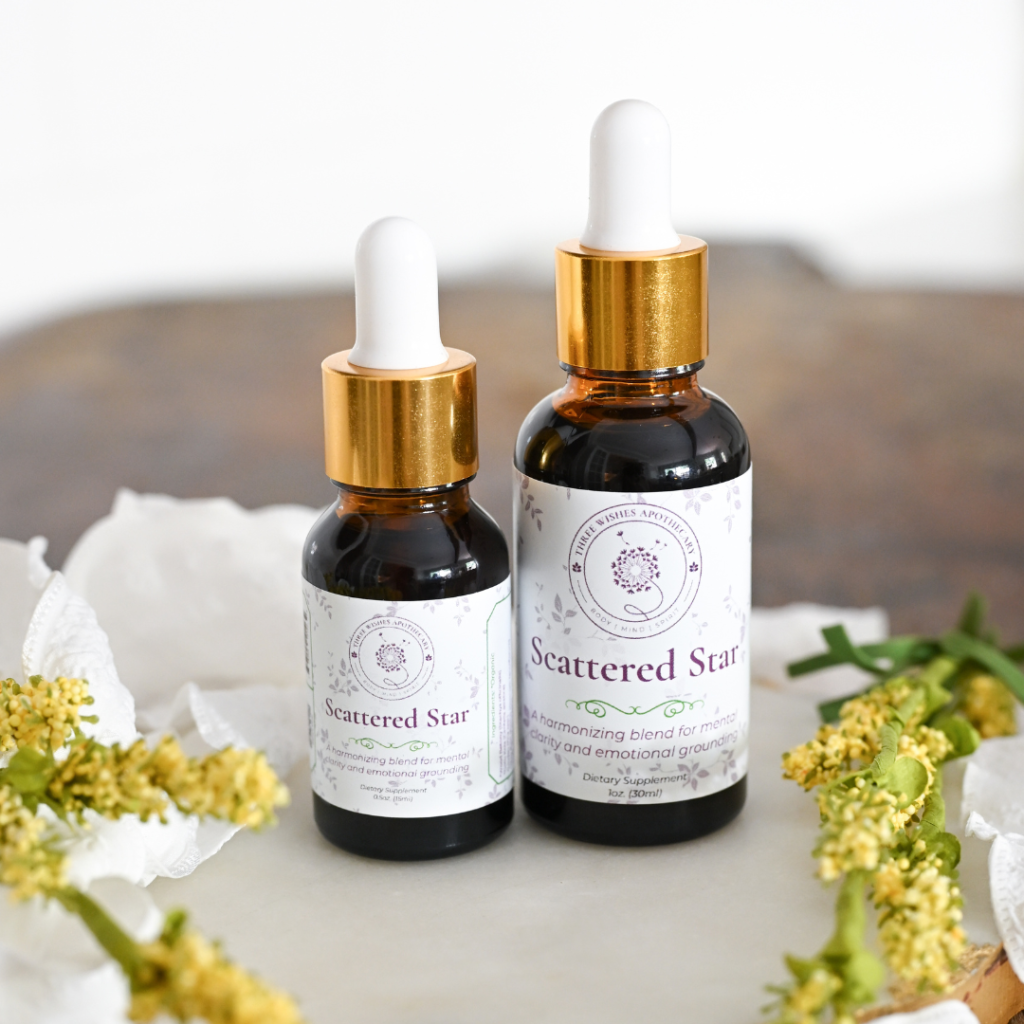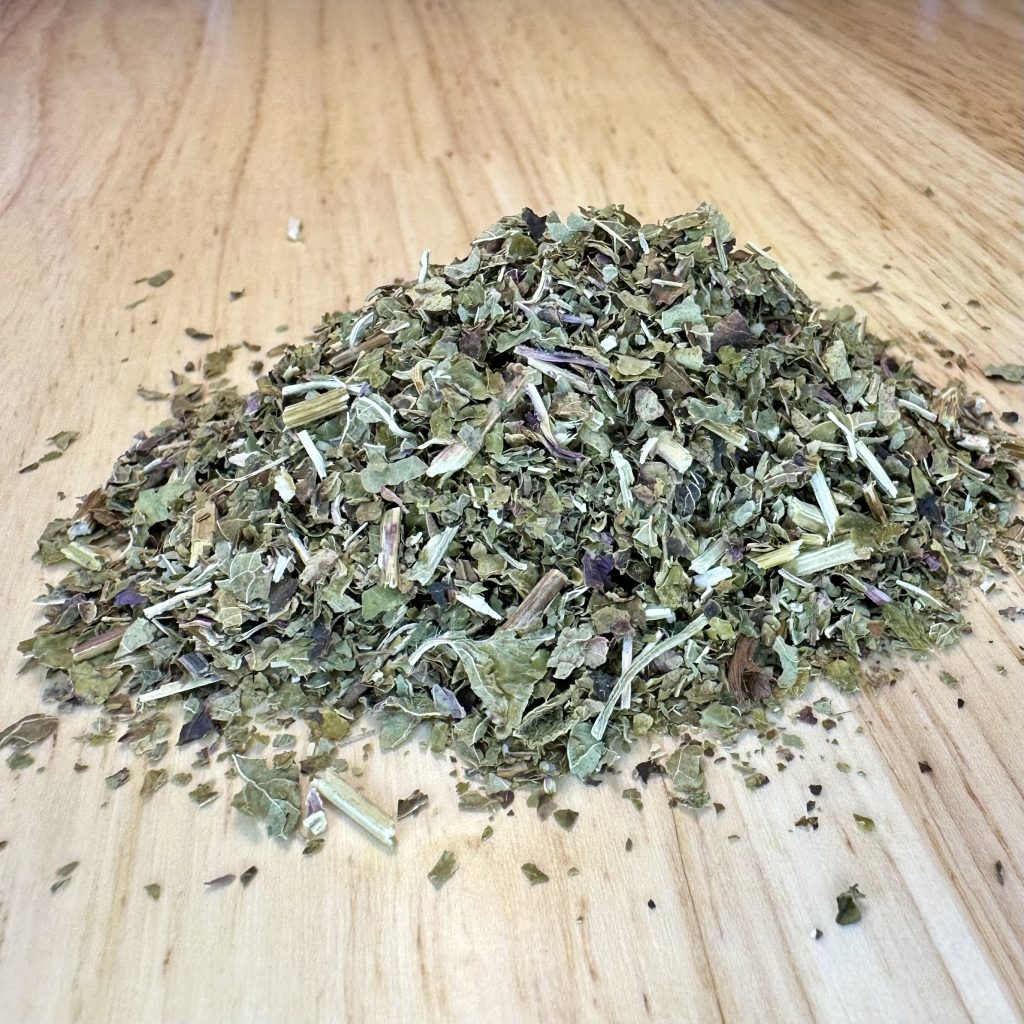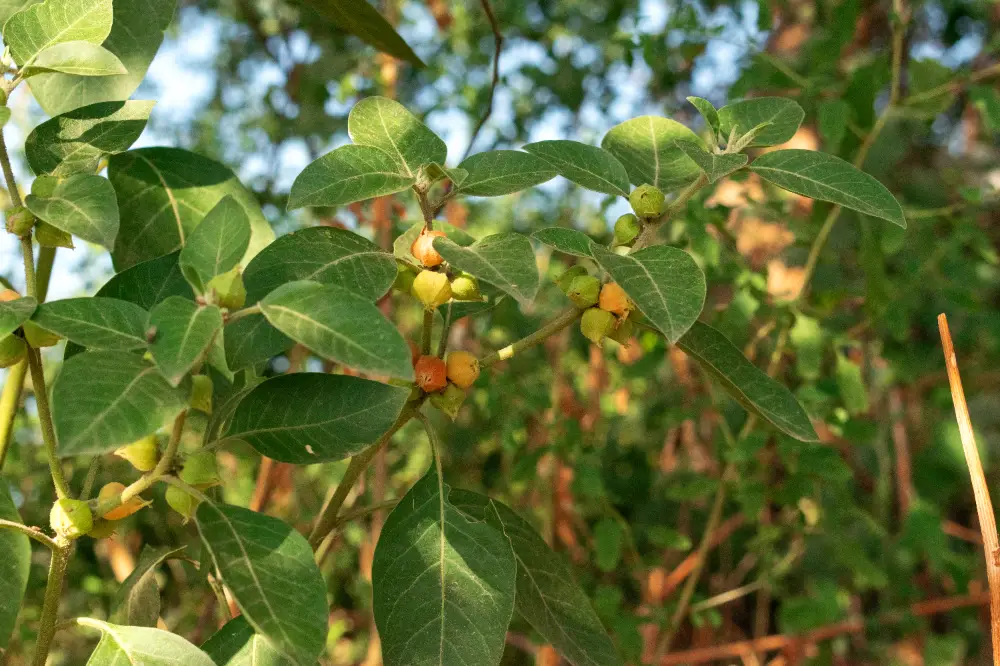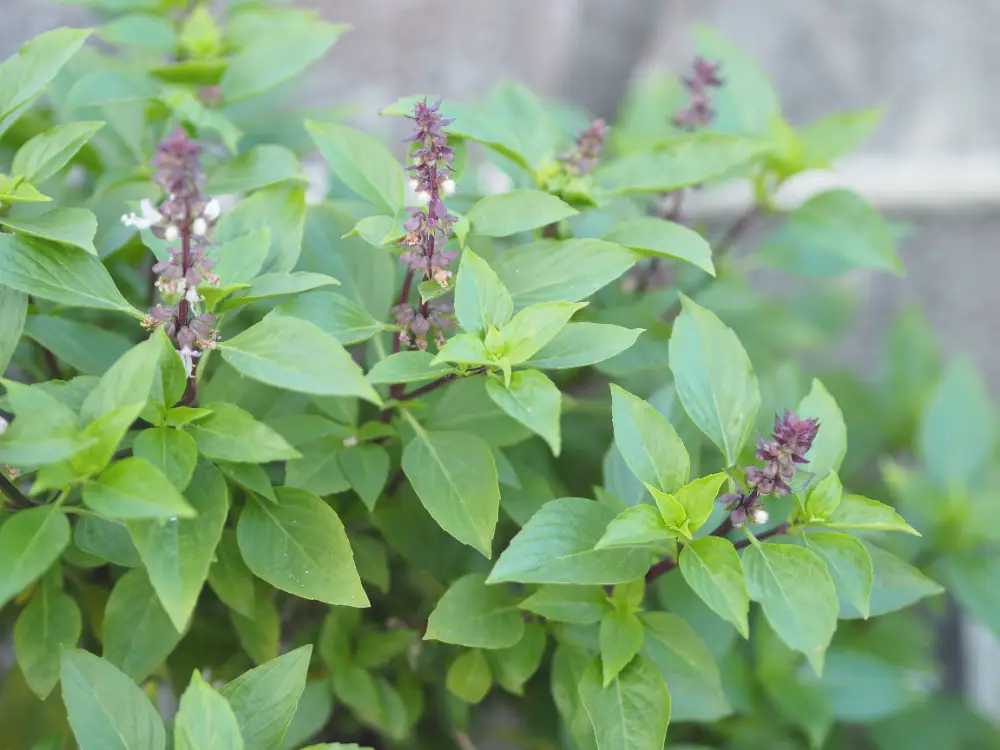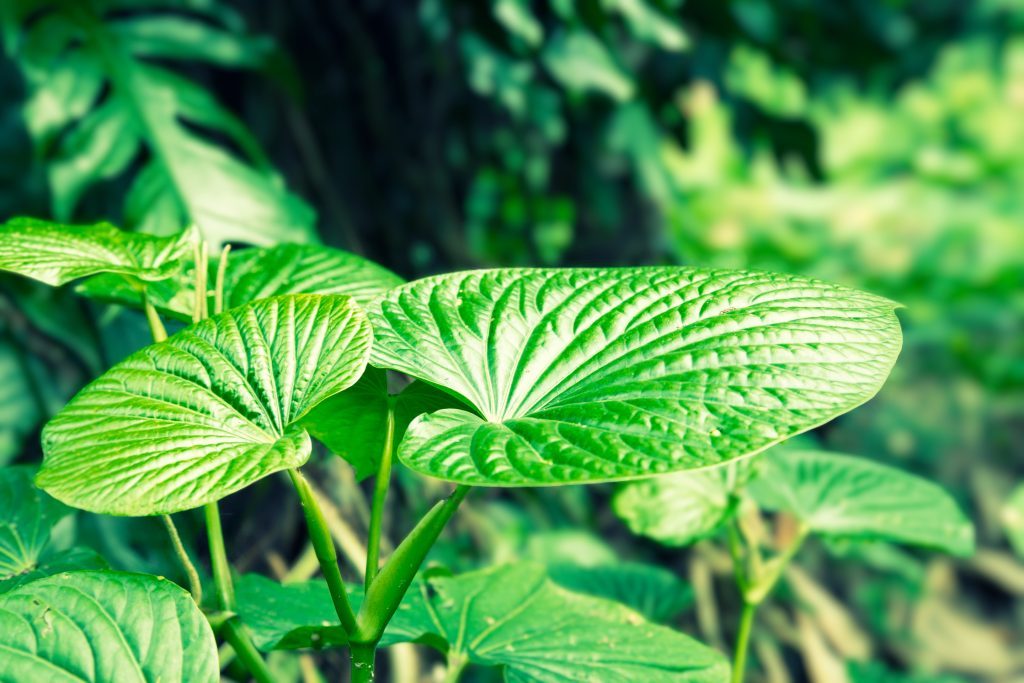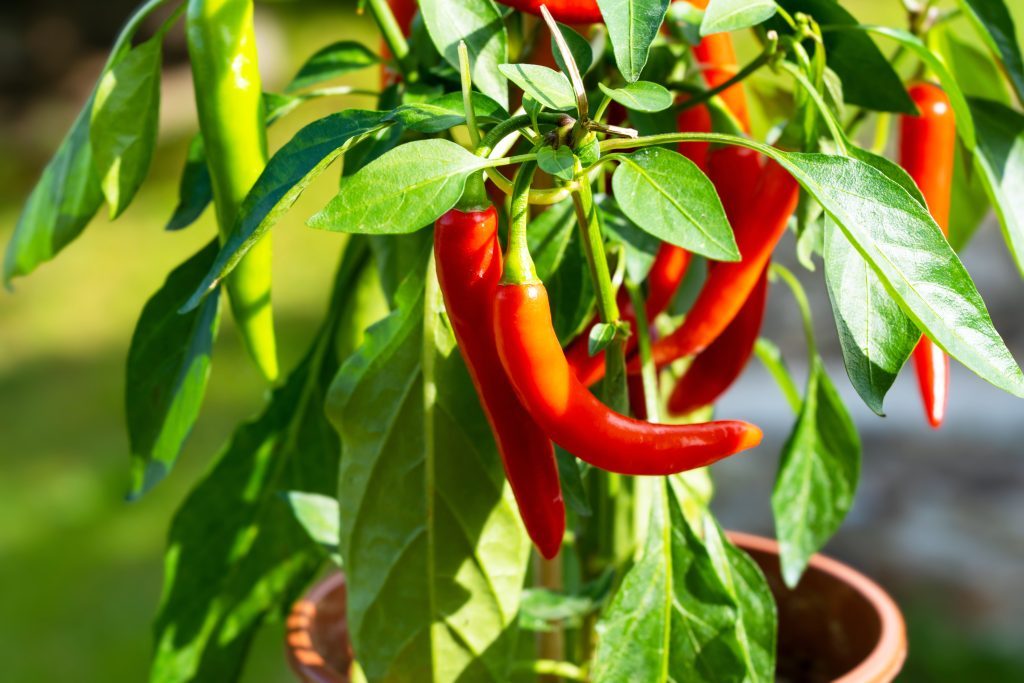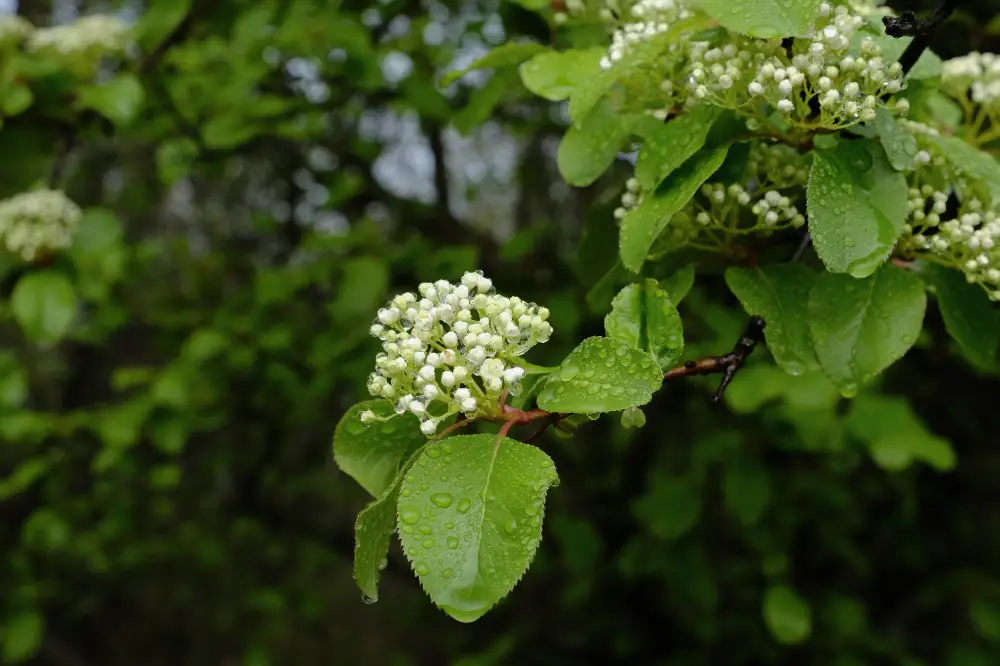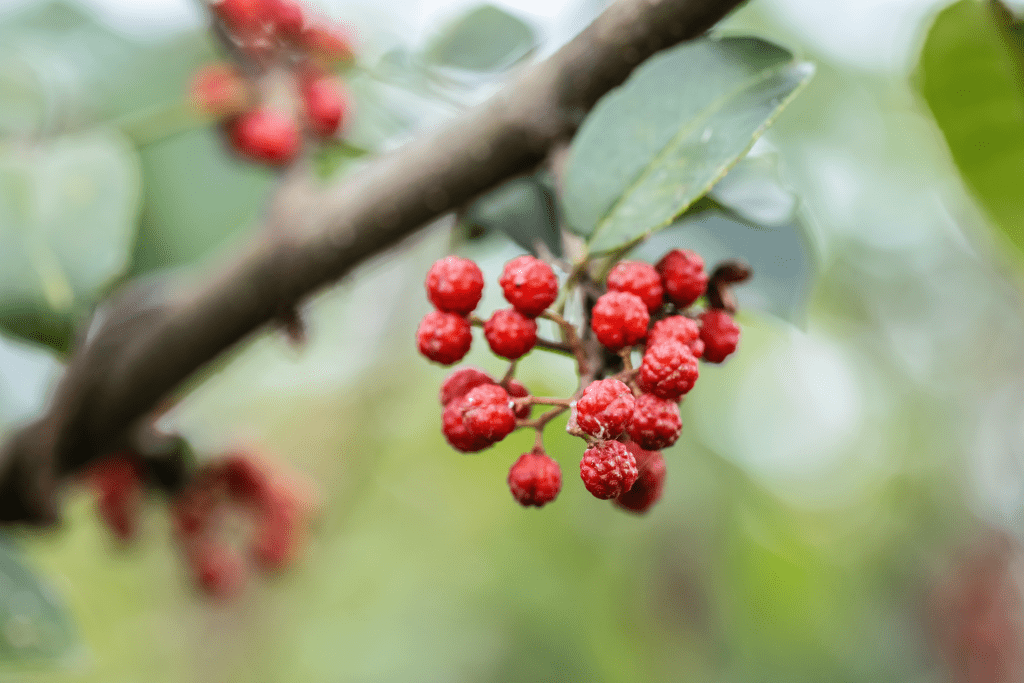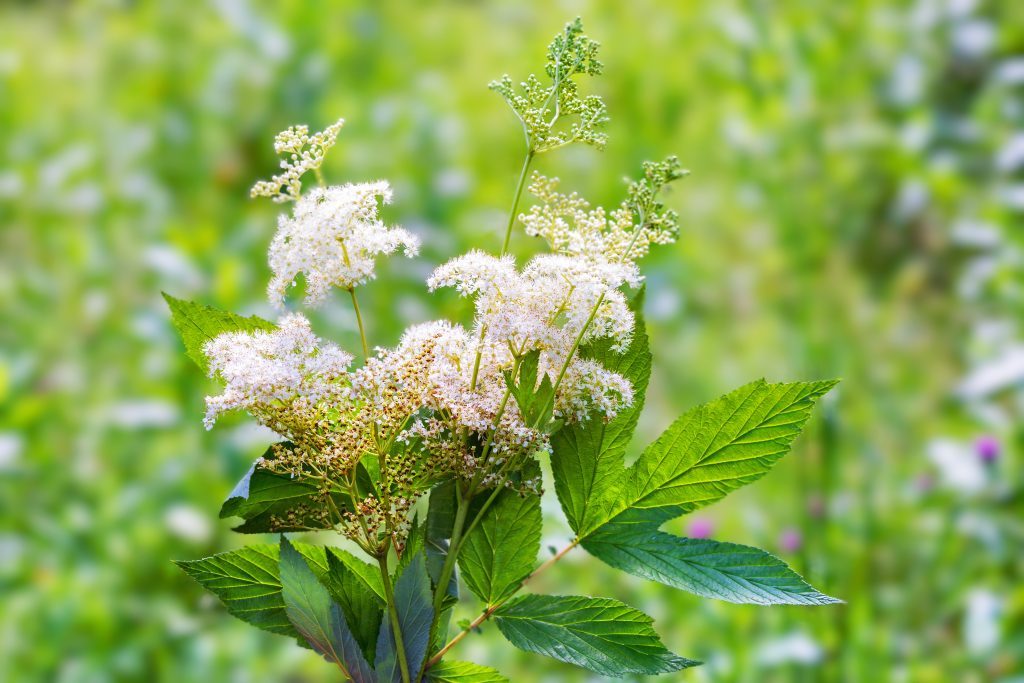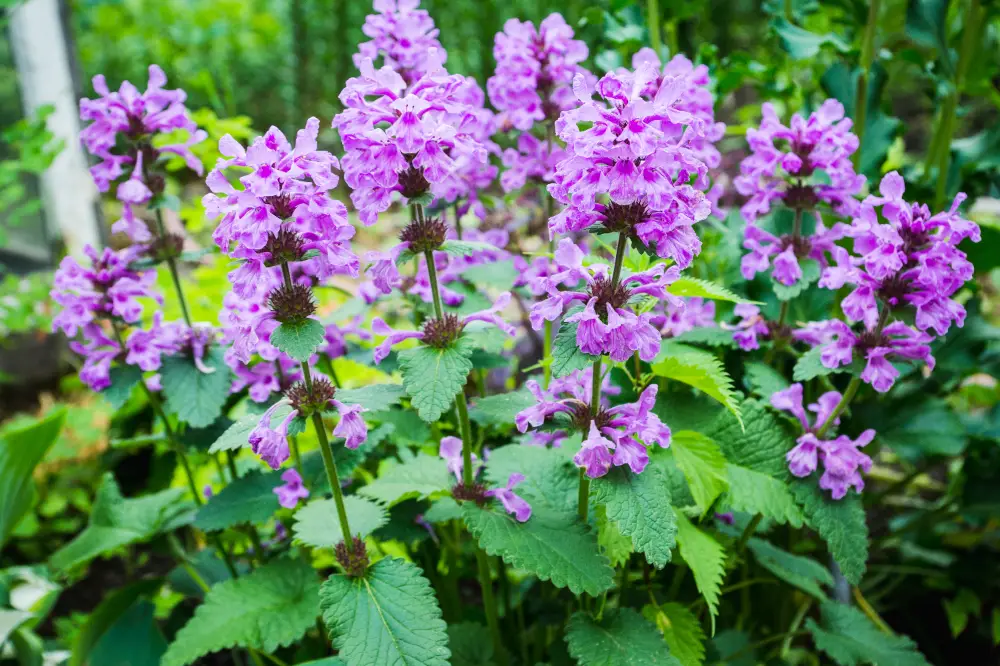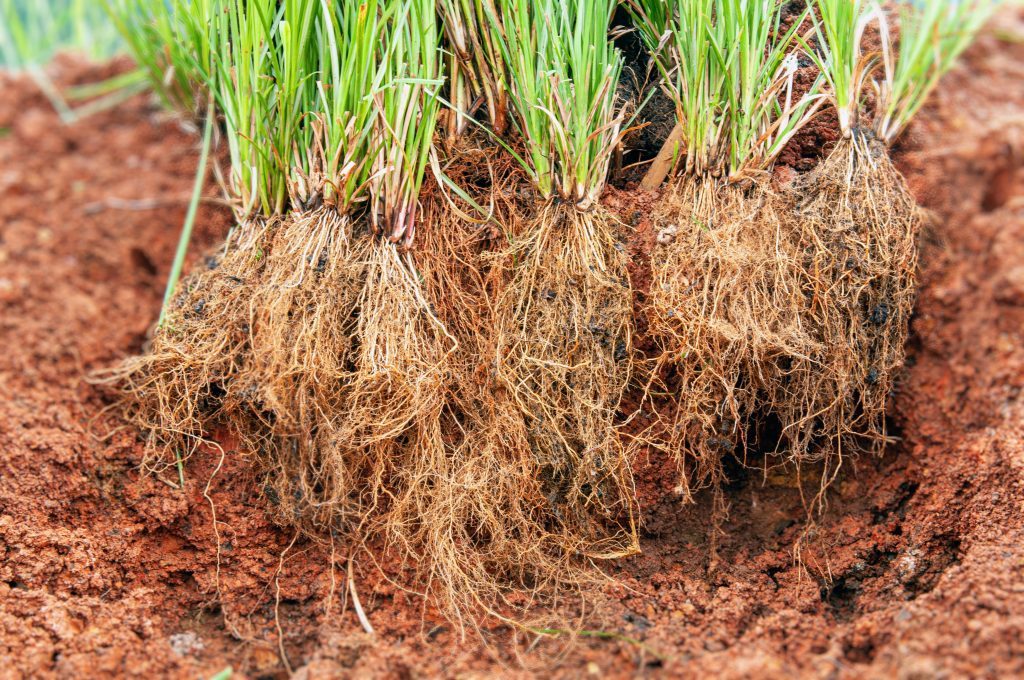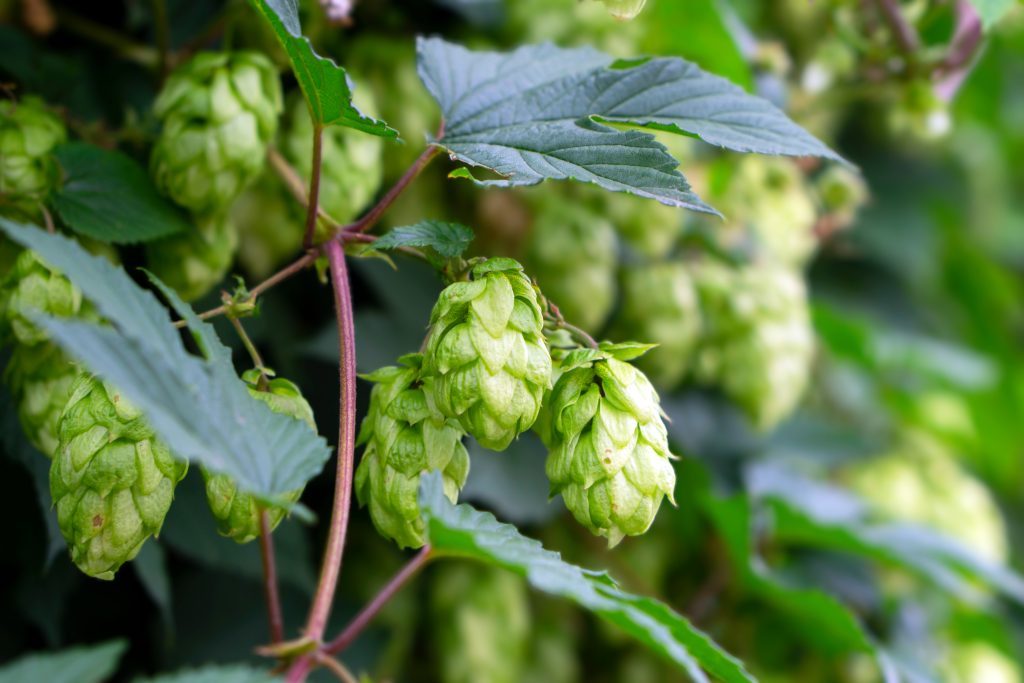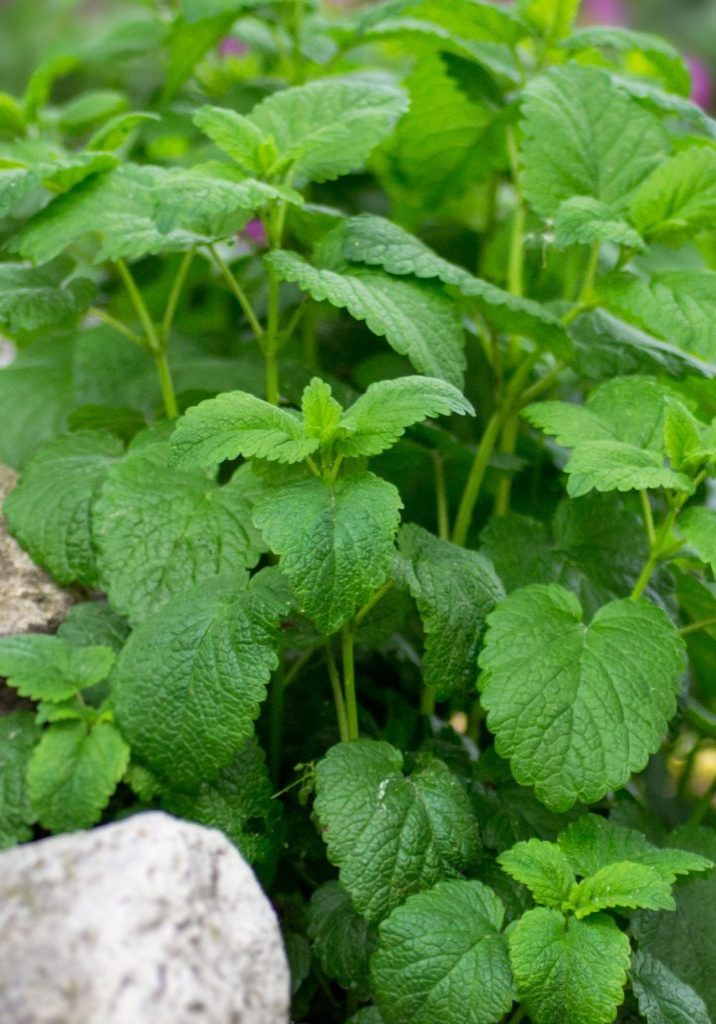
Lemon Balm
Melissa officinalis
Laminaceae (Mint Family)
“The Sweet Scent of Calm: Nature’s Gentle Healer for Stress Relief, Digestion, and Joyful Clarity.”.
Other names:
Sweet Balm, Bee Balm, Honey Plant
Superpower
The ability to promote emotional balance and mental clarity while simultaneously soothing the digestive system. Its calming yet uplifting scent makes it a gentle, yet powerful, herb for reducing anxiety, improving sleep, and bringing joy to the mind and spirit.
Uses
Calming Herb: Historically, Lemon Balm has been used in European herbal medicine to reduce anxiety, stress, and insomnia. Its mild sedative effects were valued for promoting calmness and mental clarity.
Digestive Aid: Traditionally, it was also used to soothe indigestion, bloating, and gas, especially when these symptoms were related to nervous tension or emotional stress.
Antiviral: In ancient herbal traditions, Lemon Balm was often applied as a topical treatment for cold sores due to its antiviral properties, particularly effective against the herpes simplex virus.
Current Uses:
Anxiety and Mood Support: Today, Lemon Balm is widely used in herbal teas, tinctures, and supplements to alleviate stress, reduce anxiety, and enhance cognitive function without causing drowsiness.
Digestive Health: It remains a popular choice for addressing digestive issues, such as indigestion, nausea, and cramps, especially when related to stress.
Sleep Aid: Lemon Balm is commonly included in herbal blends for sleep disorders, often combined with other relaxing herbs like valerian or lavender to promote a restful night’s sleep.
Cautions
Toxicity:
None expected when used in normal therapeutic doses. Lemon Balm is generally considered a safe herb for most individuals.
Safe for use in children.
Contraindications:
Lemon Balm may interfere with the action of thyroid hormones.
Interactions:
None reported.
Thyroid Medications:
As Lemon Balm may affect thyroid function, it can potentially interact with thyroid-regulating drugs, and its use should be monitored in those taking such medications.
Known Chemical Constituents
Volatile Oils:
-
- Citral (geranial and neral): Known for its antimicrobial and calming properties.
- Citronellal: Provides calming and antispasmodic effects, often used in aromatherapy.
- Geraniol: Offers antibacterial and antifungal benefits, supporting skin healing.
- Citronellol: Another compound with calming and antimicrobial properties, complementing the effects of citronellal and geraniol.
Polyphenols:
-
- Chlorogenic Acid: A powerful antioxidant that supports immune health and helps regulate blood sugar levels.
- Rosmarinic Acid: A potent antiviral and anti-inflammatory agent, known for supporting skin and immune health.
- Caffeic Acid: Provides antioxidant and anti-inflammatory properties, protecting against oxidative stress.
Flavonoids:
-
- Luteolin, Quercetin, Apigenin, Kaempferol: These compounds contribute to antioxidant activity, protecting cells from damage and reducing inflammation.
Tannins:
-
- Known for their astringent properties, aiding in wound healing and reducing inflammation.
Bitter Principle:
-
- Contributes to digestive stimulation, helping to improve digestion and ease nervous indigestion.
Botanical Description
Growth Habit:
Melissa officinalis is a perennial herb that grows in bushy clumps, typically reaching heights of 30 to 90 cm (1 to 3 feet). It has a spreading growth habit and can form dense mats if left unchecked.
Leaves:
The leaves are oval, toothed, and bright green, with a characteristic lemon scent when crushed. The leaf surface has a slightly wrinkled texture, and the edges are serrated.
Flowers:
Lemon Balm produces small, white or pale yellow flowers that grow in clusters at the base of the leaf stems. These tiny blooms are highly attractive to bees and other pollinators.
Fun Facts
Associated with longevity and youthfulness for centuries. In the 17th century, Carmelite nuns made a famous tonic called “Carmelite Water,” a blend of Lemon Balm and other herbs, which was thought to invigorate the mind, improve memory, and extend life. The nuns drank this preparation daily as a way to preserve their health and spirit.
Parts Used
Aerial
Harvest
Timing:
Lemon Balm is best harvested just before or during flowering, usually in the late spring or early summer, when the volatile oils and medicinal properties are at their peak. Harvesting too late, after the flowers have fully developed, may reduce the plant’s potency.
Method:
- Leaves and stems are carefully cut from the plant, ideally in the morning, after the dew has dried but before the heat of the day causes the essential oils to evaporate.
- It’s recommended to cut the plant back to just above the second set of leaves to encourage new growth for subsequent harvests.
Drying:
- After harvesting, the leaves and stems should be air-dried in a cool, dark, and well-ventilated area to preserve their volatile oils. Once dried, they can be stored in an airtight container for later use.
Preparations
Infusions/Teas: The most common method, used to calm anxiety, soothe digestion, and improve sleep.
Tinctures: Alcohol-based extracts are used for a more concentrated effect, especially in cases of stress and emotional tension.
Essential Oil: The oil is used in aromatherapy to promote relaxation and mental clarity, often added to diffusers or massage oils.
Topical Application: Lemon Balm can be made into balms or creams for treating cold sores (fresh plant preparations) or minor skin irritations.
Sacred Rituals
Worked with during the new moon to symbolize new beginnings, helping individuals set positive intentions for the future. Lemon Balm can also be burned as incense or placed in ritual baths to promote emotional healing and spiritual purification.
Affirmations
“I embrace the gentle calm within, releasing tension and welcoming joy, peace, and clarity into my mind and heart.”
Spiritual Associations
Traditionally, it has been used in spiritual rituals to banish sadness and promote positive energy. Lemon Balm is associated with emotional balance, helping individuals to let go of anxiety and embrace joy and clarity.
In European folklore, Lemon Balm was often planted around homes and gardens to attract love and harmony, and it was used in rituals for heart healing and emotional peace.
Functions
A substance or agent that inhibits the growth of or destroys a broad range of microorganisms, including bacteria, viruses, fungi, and protozoa.
AntispasmodicA substance or agent that helps relieve or prevent involuntary muscle spasms, cramps, or contractions in smooth or skeletal muscles.
CarminativeA substance or agent that helps relieve gas, bloating, and discomfort in the digestive system by promoting the expulsion of gas and soothing the digestive tract.
Gastrointestinal HealthThe overall function and well-being of the digestive system, including the stomach, intestines, and associated organs, ensuring effective digestion, nutrient absorption, and waste elimination.
Nervine relaxantA nervine relaxant is a substance that calms and soothes the nervous system, reducing tension, stress, and anxiety, and promoting a sense of relaxation and peace.
Nervine TonicA nervine tonic is a substance that nourishes, restores, and strengthens the nervous system, promoting long-term resilience and balance.
Nervous AgitationNervous agitation refers to a state of restlessness, irritability, or heightened nervous activity, often accompanied by emotional tension or physical discomfort.
Sleep Disorders (insomnia)Sleep disorders, such as insomnia, refer to conditions that disrupt normal sleep patterns, causing difficulty in falling asleep, staying asleep, or achieving restorative sleep.
Thyroid healthThe proper functioning of the thyroid gland, which regulates metabolism, energy levels, and hormone balance through the production of thyroid hormones.

